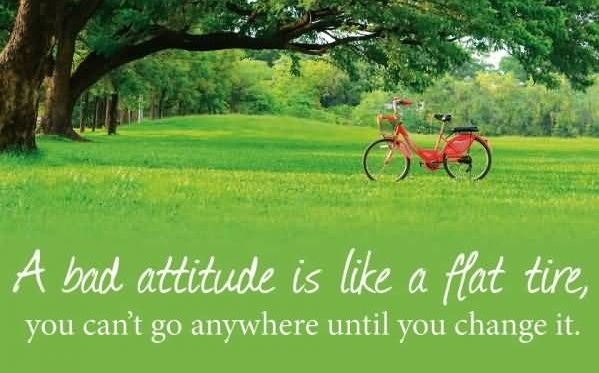Road Bike Tire Pressure – Get It Right!
 Maintaining the proper air pressure in your tires is important because it allows you to experience a smooth ride and helps you to ward off things like pinch flats and punctures. Ideally, you should check your tire pressure every time you plan to go for a ride. Modifying the pressure to match the type of terrain you’re planning to encounter is a good way to get the most out of your bike ride.
Maintaining the proper air pressure in your tires is important because it allows you to experience a smooth ride and helps you to ward off things like pinch flats and punctures. Ideally, you should check your tire pressure every time you plan to go for a ride. Modifying the pressure to match the type of terrain you’re planning to encounter is a good way to get the most out of your bike ride.
Road Bike Tire Pressure
Most amateurs make the common mistake of thinking that the higher the tire pressure is, the faster you are going to go! Unfortunately, that is not how it works. Pro’s match their tire pressure to the conditions of the day.
Finding the Right Pressure
Generally speaking, road tires can require anywhere from 80 to 140 psi. The manufacturer’s recommendations should be printed on the tire and will be a specific range depending on the type of tire. You shouldn’t go above or below the manufacturer’s recommendations, but how do you find the ideal pressure within the recommended range?
Well, we all understand that rolling resistance is high at low pressure, but what happens when you inflate the tires with too much pressure?
Overinflated tires can rob you of speed by forcing your momentum up instead of forward as you bounce over every little bump and rock in the road. In recent tests the rolling resistance between a tire inflated to 85 psi as opposed to a tire inflated to 110psi is negligible. Additionally, and perhaps more importantly, safety is significantly reduced with high tire pressures. Ever try to take a sharp turn at speed around a moderately slippery corner with overinflated tires? Let me spare you the mystery and say that you will end up scrubbing dirt out of some road rash on your hips, ass, elbows and more.
Pros Of High Tire Pressure
- Reduced Rolling resistance – less surface area of the tread is touching the road
Cons Of High Tire Pressure
- Increased wear and tear on tires
- Reduced handling and control due to less rubber touching the road
- More vibrations through the tire and frame which reduces comfort of the ride
- More vibrations and bumps reduces the forward momentum and slows you down
Adjusting PSI to Meet Specific Circumstances
The trick in finding the ideal road bike tire pressure is in adjusting to your particular ride that day.
The bumpier the ride, the lower your air pressure should be. If you’re planning to hit rough terrain, a lower psi will give you better handling and improved control. It will also make your riding more efficient by rolling over the little stuff and not bouncing skyward. Tire pressure needs to be adjusted for environmental conditions as well. A lower psi will improve a tire’s grip on rainy, wet roads.
A couple commonly overlooked factors in setting the proper tire pressure is the individuals weight and the overall weight distribution on each tire. For instance, a heavier rider should inflate the tires more than a lightweight rider. Also, the rear tire should be inflated a few psi more due to the fact that it takes 55% of your weight and the front tire only takes 45% of your weight.
Be careful not to set the pressure too low, however. Tires with low pressure pick up more road debris. Low pressure also increases the risk of pinch flats, which occur when the tube is squeezed between the road and the rim to the point where it punctures.
Keep in mind that the tires on road bikes are narrow, so a small leak can equal a significant change in psi. This is why it’s important to check the air pressure on a regular basis. Maintaining your tire pressure translates to a more efficient ride and cuts down wear on your bike, which ultimately means more time on the road and less money spent on costly repairs.
General Recommendations For Tire Pressure
As mentioned above it is very difficult to determine an ideal tire pressure for a particular road bike ride; however, I still have a generally a rule of thumb.
Fair weather, with moderately smooth road conditions: 105 psi for the rear tire and 102 psi for the front tire.
Rain/snow or bumpy conditions: 92 psi for the rear tire and 90 psi for the front tire.
Smooth road conditions and not many corners: 109 psi for the rear tire and 106 psi for the front tire.
These are just rules of thumb and are very dependant on the kind of tire you have, the rim width, air temperature, loand and a whole bunch of other factors. I just noticed when I went to research this years ago it was difficult to find a starting point.
What have you found is the ideal road bike tire pressure for you?